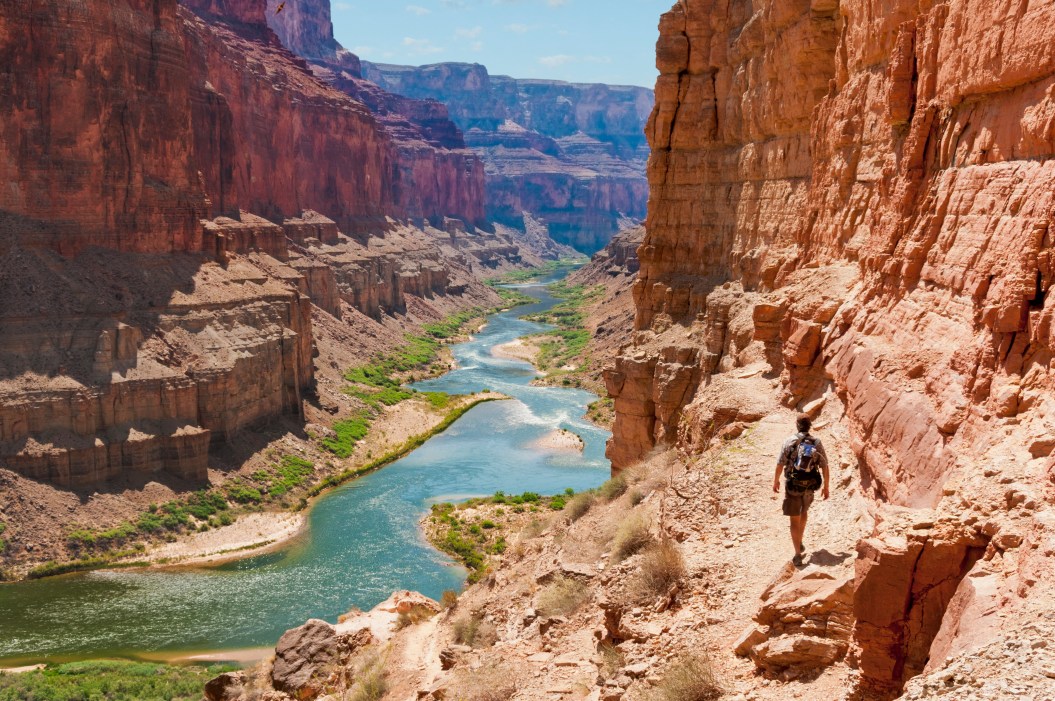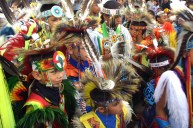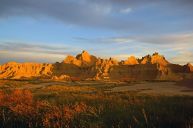During the recent White House Tribal Nations Summit, Secretary of the Interior Deb Haaland made an important announcement to the leaders of the 574 federally recognized tribal nations: The department is launching an initiative to tell "a complete story of American history" within the National Park Service.
In Haaland's speech, she emphasized the importance of accuracy in how Native American stories are told, challenging the park service to look deeper into how tribes are represented in all national parks.
Haaland and the White House put the primary focus on the accurate retelling of a more sensitive time in Native American history—the Indian Reorganization Period. The 1934 Indian Reorganization Act brought federal support to the Native American tribes from the 1930s to the 1950s.
"We saw—for the first time since colonization—federal support for Indigenous cultures, economic recovery, self-determination, and governance," Haaland said. "While injustices and the continued implementation of assimilation policies persisted in many Indigenous communities, this is a period that deserves our attention. I look forward to seeing what the service creates with the help and input of our communities."
The national parks have a unique opportunity to reach millions of visitors each year, sharing a full story of each area's history, which includes and even emphasizes Native Americans.
"There are parts of our history that are painful, but they do not define us," she said. "We define ourselves by the world we collectively build for current and future generations. It is up to all of us to tell our stories. And not just the stories of the bad times—but of those that we celebrate. Those that show our resilience, our strength, and our contributions."
Moving Forward With the Initiative

Getty Images, Kubrak78
National Park Service director Charles Sams, the first Indigenous person to lead the agency, shared exactly what this initiative means for the tribes and how the parks will approach it in a recent interview with the HuffPost. Sams told the outlet that Haaland had challenged him to look at how the parks tell stories, especially in Indian Country.
"As you know, our parks tend to tell a story in the past tense," Sams said. "Sometimes they don't really fully recognize that tribal sovereign nations exist and that they have a seat at the table in partnership with the federal government."
The biggest gap that stood out to Sams and Assistant Secretary Newland is the lack of information shared about what occurred since the 1934 act, or the Indian Reorganization Act (IRA), which allowed Native Americans to form legally-recognized tribal governments and gain greater control over their land. Sams said they will focus on sharing the modern era of tribal governments: "How did tribes transition, what does that look like, what has happened since the Indian Reorganization Act."
Sams emphasized that the parks would cover the time period's good, bad, and ugly. One of the uglier aspects of the time was that the Indian Claims Commission often gave monetary compensation when wrongdoings were brought to their attention—but they didn't give any land back. "They thought they were going to be made whole, with their lands returned, or a better understanding of their rights would come about," Sams told the HuffPost. "But many times, their rights were lost."
A Collaborative Effort
Currently, Sams and the agency are in talks with the tribes to see how they want to approach how their stories are told and represented within the parks. Some may get placards sharing their tribe's history with visitors, while for others, there may be a new historical landmark.
"The recommendations will come directly from tribes," Sams said, which is the whole point of the several-year-long study. The results will be reported back to Congress and, ultimately, the president. Overall, the study is very "community-driven" and focuses on how and where the tribes want their stories told.
"Many times, I feel like the parks are part of America's consciousness. They don't try to lead you to a conclusion," Sams said. "They try to get you to understand that time period. It should impact you, so you carry those stories with you when you leave the park."
READ MORE: Why The North American Grasslands Conservation Act is So Important




